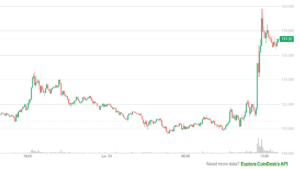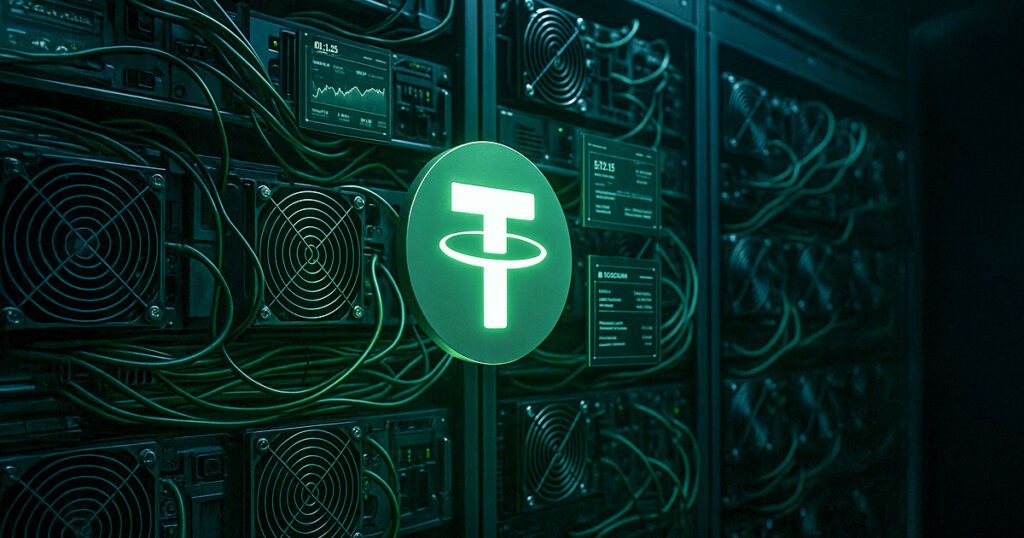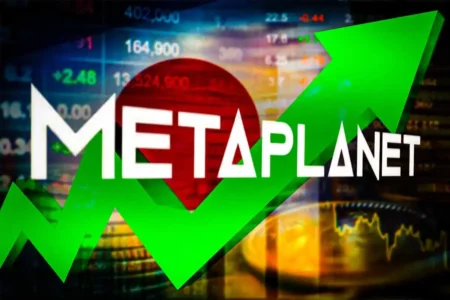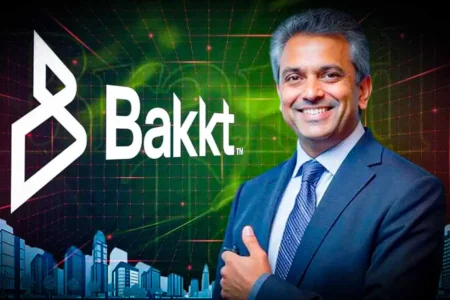Tether’s Bitcoin Mining OS: A Gateway for New Miners
Tether is set to revolutionize the Bitcoin mining landscape with the upcoming release of its Bitcoin Mining Operating System (MOS) as open-source software by the end of 2025. In a recent announcement, CEO Paolo Ardoino outlined the strategic objective behind this initiative, emphasizing the importance of lowering barriers for small and independent miners in the Bitcoin ecosystem. This move not only aims to democratize mining operations but also fosters increased competition within the Bitcoin network, crucial for enhancing its security.
Lowering the Barriers to Entry
Ardoino’s vision for the Bitcoin Mining OS is to enable a new wave of mining companies to join the Bitcoin space. By making the MOS publicly available, Tether intends to create a more equitable environment for all participants in the mining sector. According to Ardoino, “A horde of new Bitcoin mining companies will be able to enter the game and compete to keep the network safe.” Eliminating the reliance on third-party hosted software allows smaller players to directly manage their operations without facing serious disadvantages when compared to larger, publicly listed companies.
The Technical Journey Ahead
Launching the MOS is no small feat. Ardoino cautioned that the release hinges on careful preparation of the necessary technical documentation, which may push the launch to the fourth quarter of this year. Although this delay may be inconvenient, it is essential for ensuring that the software meets the quality and functionality standards needed for optimal performance. The focus is not merely on a launch date but on building a robust and sustainable framework that can support a wide array of users, from novices to seasoned miners.
What is Tether’s Bitcoin Mining OS?
The Bitcoin Mining OS, as explained by Tether’s Vice President of Energy and Mining, Giw Zanganeh, aims to offer miners of all sizes the tools to efficiently manage and optimize their mining operations. The open-source nature of the MOS signifies a monumental shift in mining dynamics, enabling users to avoid reliance on external vendors and proprietary software solutions. Zanganeh believes that this architecture has the potential to become the industry standard, given its resilient and scalable design.
Simplifying Mining Operations
One of the primary advantages of Tether’s mining software is its ability to simplify the complexities involved in mining operations. The MOS is versatile enough to support setups ranging from basic Raspberry Pi configurations to expansive mining farms equipped with redundant servers. Its built-in modules can interface with popular mining hardware and adapt to various cooling solutions, making it easier for miners to optimize their operations. Moreover, developers will have the flexibility to create new plugins tailored to specific equipment, further extending the system’s capabilities.
AI Integration and Future Prospects
In a bid to elevate operational efficiency, Tether plans to incorporate its decentralized artificial intelligence platform, QVAC, into the MOS. This integration will empower miners with real-time data for performance reporting, enabling them to make more informed decisions and optimize their mining strategies. Ardoino also anticipates that the accessibility of free, open-source tools will encourage smaller businesses with surplus energy resources to venture into Bitcoin mining. This initiative is part of Tether’s broader diversification strategy into sectors such as artificial intelligence, crypto education, and beyond its staple stablecoin, USDT.
Tether’s Vision for the Future
Ardoino envisions Tether not just as a player in the cryptocurrency market but as a significant force in the global financial system. By diversifying its offerings and supporting initiatives that empower new players in the Bitcoin mining space, Tether aims to solidify its position in various sectors. The release of the Bitcoin Mining OS is a crucial step in this direction, potentially reshaping the mining landscape while fortifying the Bitcoin network against potential security threats.
As the industry anticipates this transformative leap, Tether could very well be paving the way for the future of Bitcoin mining, making it not only more accessible but also more competitive.

















